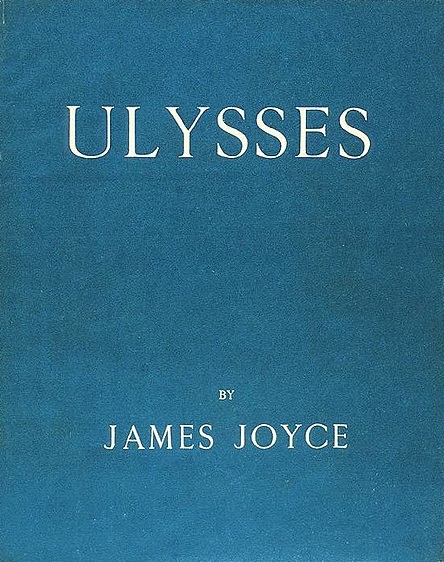The primary distinction between modernism and postmodernism in literature is that modernist authors consciously diverged from traditional writing styles and emphasized inner selves and consciousness, whereas postmodernist writers intentionally incorporated a blend of earlier styles into their work.
Key Takeaways
- Modernism and postmodernism are both literary movements of the twentieth century, influenced by events like world wars, industrialization, and urbanization.
- In modernist literature, authors focused on the inner self and consciousness, using techniques such as the stream of consciousness, irony, and satire.
- Postmodernist literature is characterized by narrative techniques like fragmentation, unreliable narrator, parody, dark humor, and paradox, and often highlights multiple meanings or a lack of meaning within a single work.
What is Modernism in Literature?
Modernism is a literary movement that gained popularity at the beginning of the twentieth century. Influenced by events like World Wars, industrialization, and urbanization, this writing style prompted people to question the foundations of Western society and the future of humanity. Consequently, modernist authors wrote about the decline of civilization, inner self, and consciousness, with their work reflecting a sense of disillusionment and fragmentation. Techniques such as the stream of consciousness (a method of narration representing countless thoughts and feelings passing through the mind) were commonly used in modernist works, along with irony, satire, and comparison to expose societal shortcomings.
Examples of Modernism Literature include James Joyce’s Ulysses, T.S. Eliot’s The Waste Land, Faulkner’s As I Lay Dying, and Virginia Woolf’s Dalloway.
What is Postmodernism in Literature?
Postmodern literature is characterized by its reliance on narrative techniques, such as fragmentation, unreliable narrator, parody, dark humor, and paradox. Emerging after the Second World War, postmodernism is often viewed as a response or reaction against modernism. As such, postmodern authors frequently emphasize the possibility of multiple meanings within a single literary work or a complete absence of meaning. Common literary techniques in postmodernism include pastiche, temporal distortion, metafiction, intertextuality, magical realism, maximalism, and minimalism. Moreover, postmodern authors also use irony, dark humor, paradox, parody, fragmentation, and unreliable narrators.
Some examples of postmodern novels are One Hundred Years of Solitude by Gabriel García Márquez, Catch-22 by Joseph Heller, Gravity’s Rainbow by Thomas Pynchon, Naked Lunch by William S. Burroughs, Infinite Jest by David Foster Wallace, and The Crying of Lot 49 by Thomas Pynchon.
What are the Similarities Between Modernism and Postmodernism in Literature?
Both modernism and postmodernism reflect the insecurities, disorientation, and fragmentation of the 20th century and were heavily influenced by events like world wars, industrialization, and urbanization.
What is the Difference Between Modernism and Postmodernism in Literature?
Modernism is a literary movement prevalent in the 20th century, characterized by a strong and deliberate break from traditional prose and poetry styles. In contrast, postmodernism was a reaction against modernism, marked by its reliance on narrative techniques such as unreliable narrator, fragmentation, parody, and so on. Examples of modernist writers include Samuel Beckett, Ernest Hemingway, James Joyce, Joseph Conrad, T.S. Eliot, William Faulkner, Sylvia Plath, F. Scott Fitzgerald, William Butler Yeats, and Virginia Woolf. Postmodernist authors include Thomas Pynchon, Joseph Heller, John Barth, Vladimir Nabokov, Umberto Eco, Richard Kalich, Giannina Braschi, John Hawkes, and Kurt Vonnegut.
Modernist authors consciously broke away from traditional writing styles and focused on inner self and consciousness in their writings, with the stream of consciousness being a significant technique introduced during this movement. In contrast, postmodernist writers deliberately used a mixture of earlier styles and techniques such as fragmentation, intertextuality, unreliable narrator, parody, dark humor, and paradox. This is the main difference between modernism and postmodernism in literature.
Summary – Modernism vs Postmodernism in Literature
Modernism and postmodernism are two literary movements of the twentieth century. The difference between modernism and postmodernism in literature depends on their themes and literary and narrative techniques.
